SoftBank Bets on Green Future with Japan’s Largest AI Data Center in Hokkaido

At the company’s Q2 earnings press conference in November 2023, SoftBank Corp. CEO Junichi Miyakawa unveiled its upcoming data center in Tomakomai City, Hokkaido. Slated to become Japan’s largest, with future capacity exceeding 300 MW, the facility is backed by a subsidy from the Ministry of Economy, Trade and Industry to support rising generative AI demand.
Japanese telecom giant SoftBank Corp. has broken ground on a massive, AI-optimized data center campus in Tomakomai, Hokkaido, signaling a decisive turn toward sustainable infrastructure at hyperscale. The $456 million facility, designed to operate entirely on locally sourced renewable energy, will scale to over 300 megawatts, making it the largest of its kind in Japan. Construction of the first 50-megawatt phase is expected to be completed by 2026.
More than a milestone in SoftBank’s infrastructure strategy, the project reflects a broader regional pivot: sustainability is no longer a compliance checkbox but a core requirement in the competitive calculus of AI-era data centers.
Championing Renewable Energy and Regional Resilience
Dubbed the “Hokkaido Tomakomai AI Data Center,” the project spans 700,000 square meters and is central to SoftBank’s Brain DataCenter initiative. It aims to decentralize AI compute workloads away from congested metro areas like Tokyo and Osaka, mitigating both grid pressure and environmental impact. Tomakomai was chosen for its cool climate, ample land, and abundant renewable resources, factors that support year-round energy efficiency and performance gains.
“When we envisioned the future of generative AI, we knew Japan needed large-scale data centers outside the major urban centers,” said Junichi Miyakawa, CEO of SoftBank Corp. “This site will anchor the next phase of our growth while advancing Japan’s digital and environmental goals.”
The development is backed by Japan’s Ministry of Economy, Trade and Industry and local government support. Hokkaido Governor Naomichi Suzuki called the site a catalyst for regional revitalization and a model for sustainable industrial development.
Future-Proofing with Green Design and Public-Private Collaboration
Engineered to support generative AI, the data center will host SoftBank’s in-house models while also offering capacity to academic institutions and commercial clients. Its renewable energy framework aligns with a growing list of public-private sustainability initiatives across the Asia-Pacific.
Other operators are following suit. In Malaysia, EdgePoint Towers is rolling out solar-hybrid telecommunications sites, and in India, plans are underway for AI supercomputing clusters powered by renewable energy. These efforts mark a shift as operators seek to mitigate rising power costs, navigate regulatory demands, and meet investor expectations on climate resilience.
As generative AI workloads surge, green builds are emerging as both a cost-control mechanism and a reputational asset. SoftBank’s Hokkaido facility underscores this evolution, where speed, scale, and sustainability must now go hand in hand.
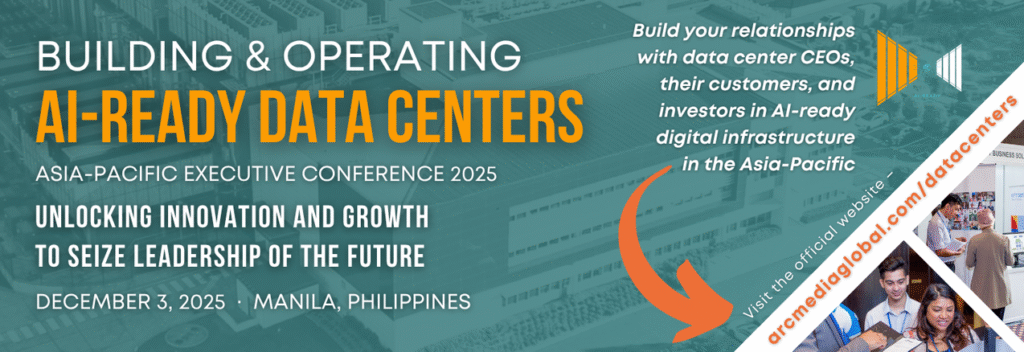




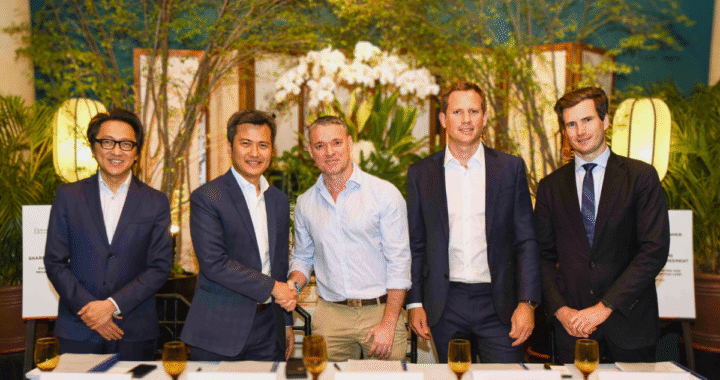 Time to Market – Why Execution, Not Strategy, Is the Philippines’ Digital Pivot
Time to Market – Why Execution, Not Strategy, Is the Philippines’ Digital Pivot  Redefining the Grid – Why the Power System Is the New Data Center Frontier
Redefining the Grid – Why the Power System Is the New Data Center Frontier 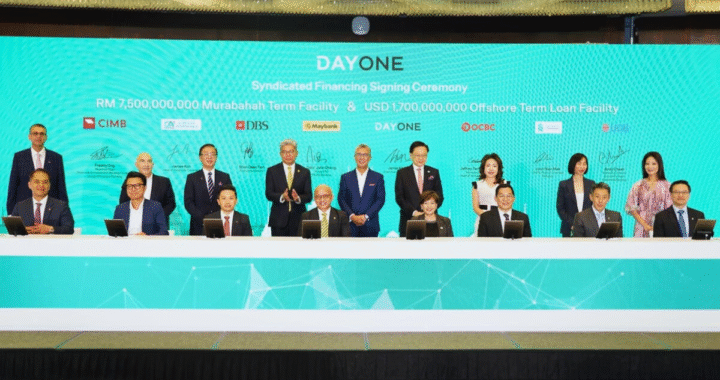 Deal Architecture 2.0 – Execution Risk Outpacing Pure Capital Availability
Deal Architecture 2.0 – Execution Risk Outpacing Pure Capital Availability 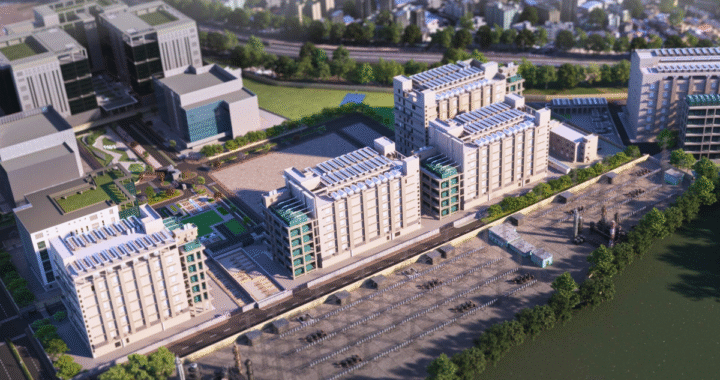 Cross-Border Complexity – How Hyperscale Is Forcing Horizontal Integration
Cross-Border Complexity – How Hyperscale Is Forcing Horizontal Integration 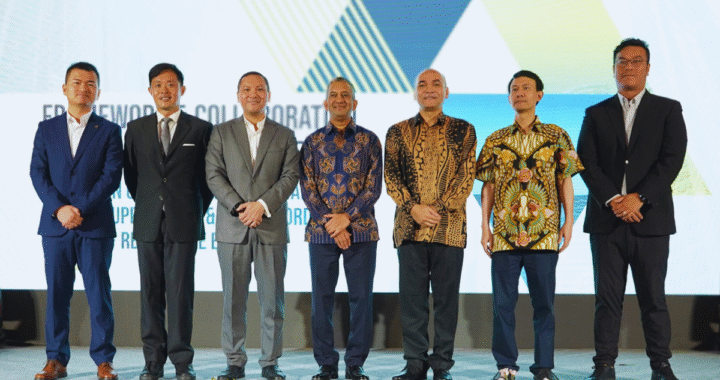 Energy, Not Just Real Estate – Rethinking Data Campuses With Power in Mind
Energy, Not Just Real Estate – Rethinking Data Campuses With Power in Mind 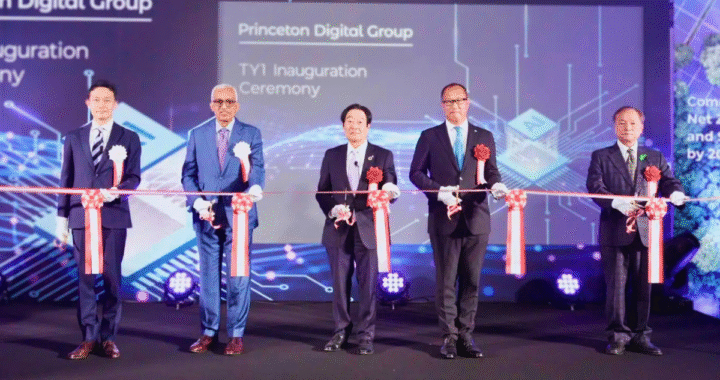 The Real Bottleneck: Why Energy, Not Ambition, Is Stalling the Asia-Pacific’s AI Data Center Boom
The Real Bottleneck: Why Energy, Not Ambition, Is Stalling the Asia-Pacific’s AI Data Center Boom